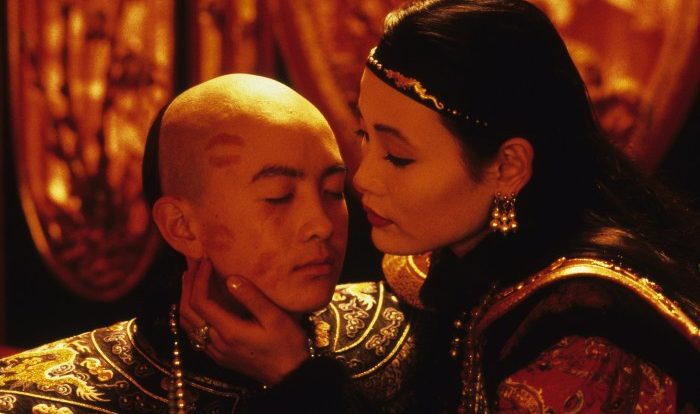Embark on an intellectual journey with our comprehensive progressive era crossword review answer key, meticulously crafted to unveil the pivotal events and influential figures that shaped this transformative period in American history. Delve into the depths of progressive reforms, unravel the intricacies of social and political movements, and uncover the lasting impact on contemporary society.
Our crossword puzzle, meticulously designed with era-specific clues, challenges your knowledge and ignites a deeper understanding of this fascinating era. Dive into the table below to discover the answers and delve into brief explanations that illuminate the significance of each entry.
Historical Overview of the Progressive Era: Progressive Era Crossword Review Answer Key

The Progressive Era, spanning from the late 19th century to the early 20th century, marked a period of significant social, political, and economic transformation in the United States. The era was characterized by a growing awareness of social and economic problems, a belief in the power of government to solve them, and a surge of activism and reform movements.
Key Figures and Movements
- Theodore Roosevelt: President from 1901 to 1909, known for his “Square Deal” policies and conservation efforts.
- Woodrow Wilson: President from 1913 to 1921, implemented progressive reforms such as the Federal Reserve System and the Clayton Antitrust Act.
- Progressive Party: A third party founded in 1912 by former President Theodore Roosevelt, advocating for progressive policies.
- National Association for the Advancement of Colored People (NAACP): Founded in 1909, fought for the civil rights of African Americans.
Progressive Reforms, Progressive era crossword review answer key
- Direct Primary Elections: Allowed voters to directly choose party candidates, reducing the influence of political bosses.
- Initiative, Referendum, and Recall: Gave voters the power to propose and vote on laws and recall elected officials.
- Regulation of Corporations: Laws such as the Sherman Antitrust Act and the Clayton Antitrust Act aimed to prevent monopolies and protect consumers.
- Social Welfare Programs: Establishment of programs such as workers’ compensation, child labor laws, and minimum wage.
Impact on American Society
The Progressive Era left a lasting impact on American society, shaping political, social, and economic institutions. Progressive reforms strengthened democratic institutions, expanded government involvement in social and economic issues, and improved the lives of many Americans. The legacy of the Progressive Era continues to influence contemporary society, with many of its reforms still in place today.
Essential Questionnaire
What is the significance of the Progressive Era?
The Progressive Era was a period of widespread social, political, and economic reform in the United States from the late 19th century to the early 20th century. It was marked by the rise of urban industrialization, the emergence of new social problems, and a growing demand for government intervention to address these issues.
Who were some of the key figures of the Progressive Era?
Some of the most prominent figures of the Progressive Era include Theodore Roosevelt, Woodrow Wilson, Jane Addams, and Upton Sinclair. These individuals played a significant role in shaping the era’s reform agenda and advocating for social justice.
What were some of the major progressive reforms?
Major progressive reforms included the establishment of the Federal Reserve System, the passage of the Pure Food and Drug Act, and the adoption of women’s suffrage. These reforms aimed to address issues such as economic instability, consumer protection, and political equality.


